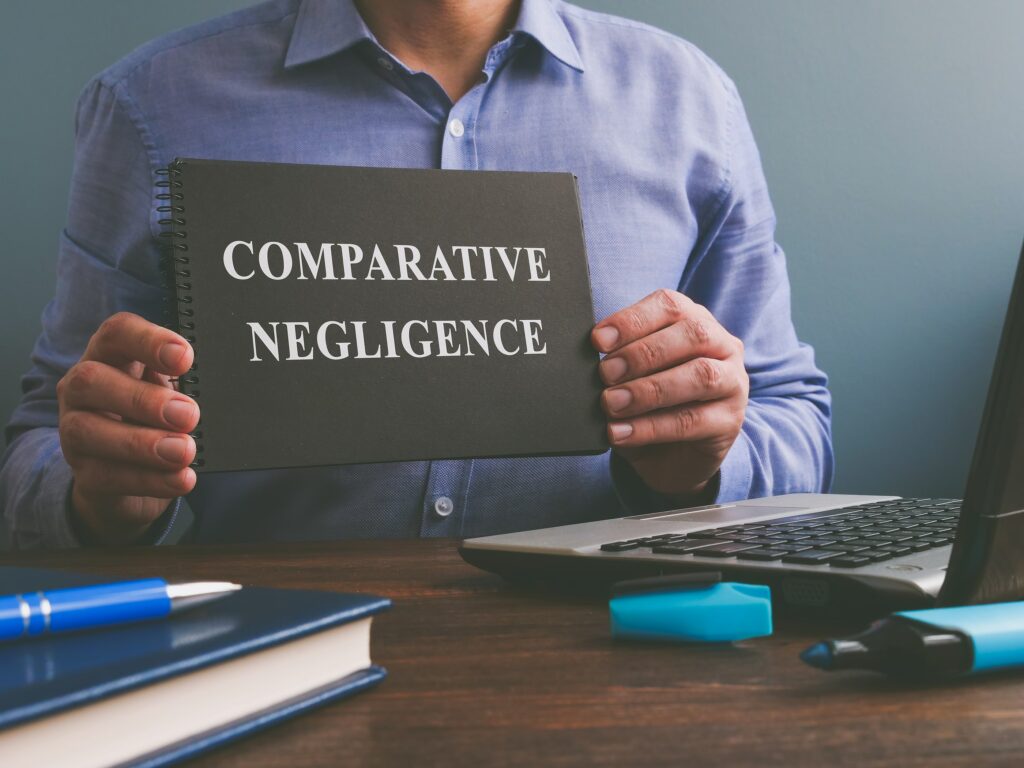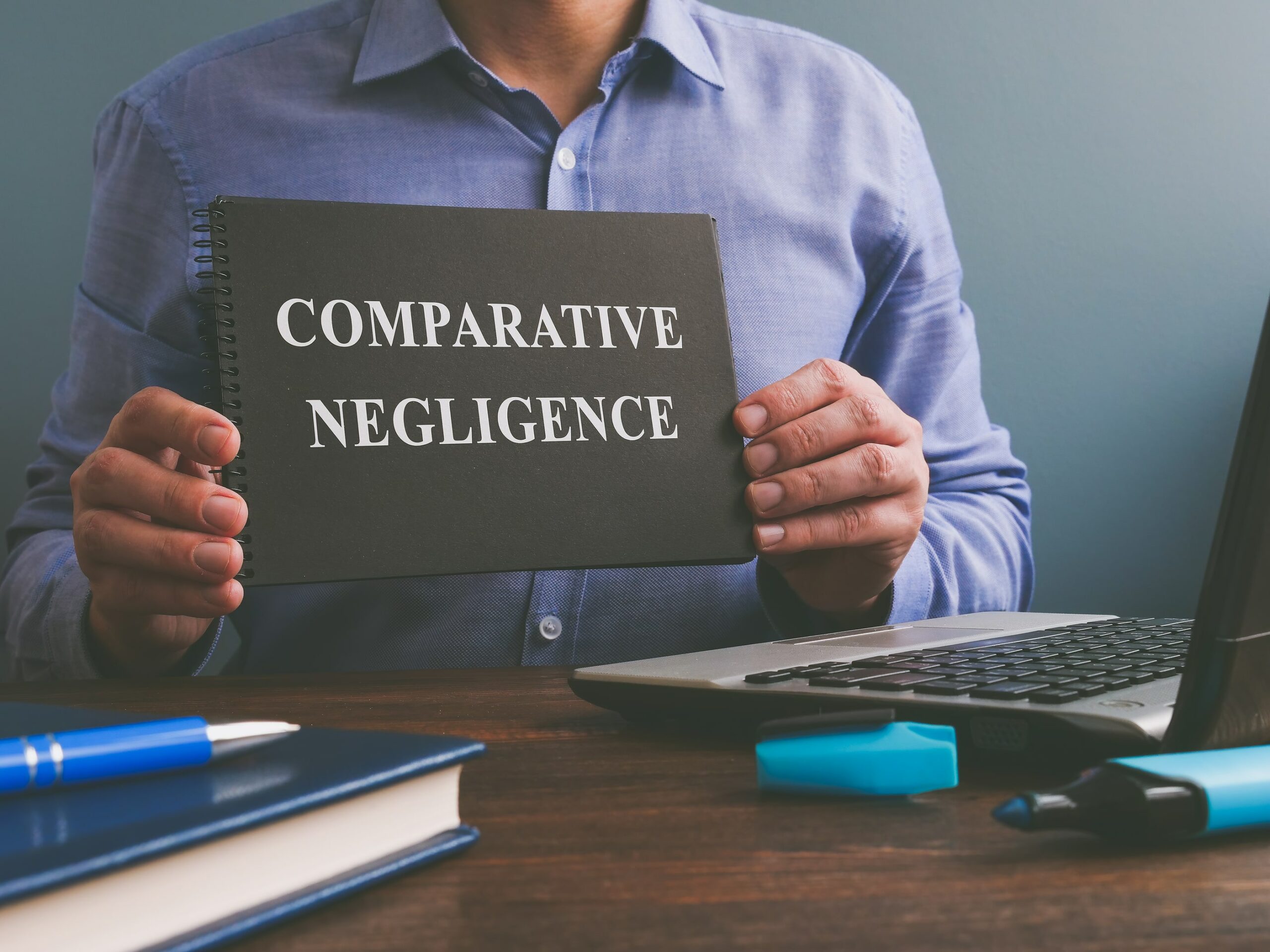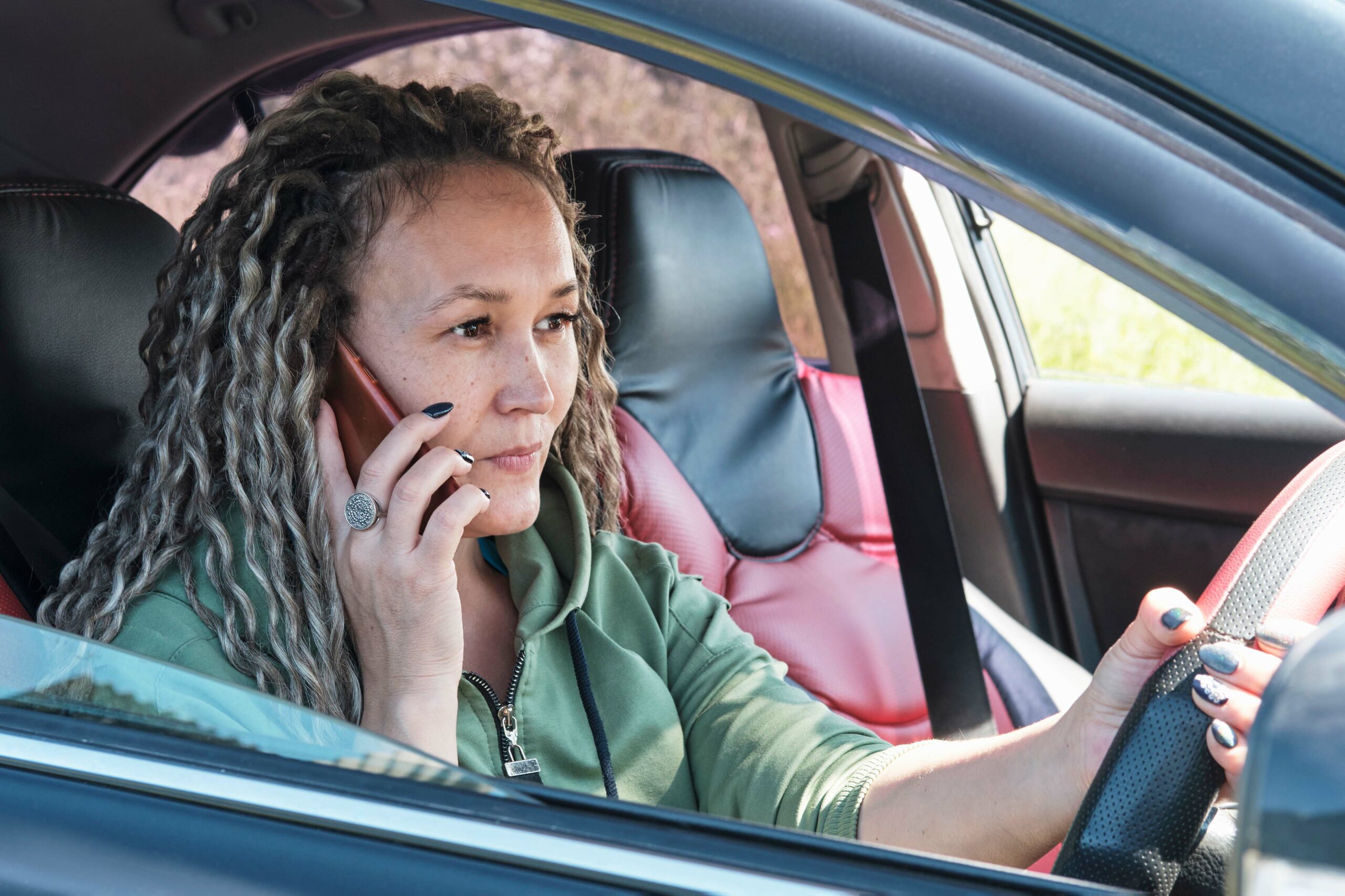Key Takeaways

Personal injury law in the United States hinges on the existence of negligence. Negligence is the failure of a person to act as a reasonably prudent person under the circumstances. To prove negligence, the defendant must first have owed a duty to the plaintiff. Then, the plaintiff must have committed a breach of that duty, and the plaintiff must have suffered an injury. Last, the defendant’s actions (breach of duty) must have caused the plaintiff’s injuries. Notably, there are two different types — contributory and comparative negligence.
Virginia personal injury law uses contributory negligence to allocate fault in the event of an accident. Under the doctrine of contributory negligence, if a plaintiff contributed to the accident that caused their injury, the injured plaintiff is completely barred from recovering compensation. Conversely, under the doctrine of comparative negligence, an injured plaintiff’s recovery may be reduced by the specific percentage they are found to be culpable by the court.
When it comes to negligence and the allocation of fault, it can be challenging to understand how each type of negligence affects your case. However, it’s essential to know how your actions may have impacted the strength of your claim and the amount of compensation you may receive. When in doubt, speak with an experienced personal injury lawyer to learn more about your potential case.
Examples of Contributory Negligence and Comparative Negligence
Insurance companies love contributory negligence auto accident cases because they can get off the hook for covering your claim. Before you accept the insurance company’s offer, it’s important to understand your options. This requires learning more about the different types of negligence and seeing common examples.
In action, contributory negligence is relatively black and white. Here’s a contributory negligence example: Let’s say you were driving around and approached an intersection. Suddenly, a large truck fails to notice its stoplight and t-bones your vehicle. You’ve sustained severe injuries, and your car is totaled, but you were intoxicated at the scene. Even if your damages are more significant due to the accident, you could recover nothing in a legal proceeding if the court finds that any of your actions contributed to the accident.
Comparative negligence, on the other hand, is a little more forgiving. Under the doctrine of comparative negligence, if the injured plaintiff is partially at fault for an accident, their compensation may be reduced by the court by the percentage for which they were at fault. There are two types of comparative negligence — pure comparative negligence and modified comparative negligence. Based on the pure comparative negligence rule, the state allows the plaintiff to appeal for damages for whatever percentage they are not at fault. Under the modified law, the plaintiff may not recover damages either if they are 50% at fault or 51% at fault, depending on the state.
Let’s revisit the above scenario under the comparative negligence doctrines. Suppose a truck driver runs its stoplight and crashes into your vehicle while intoxicated. In that case, factfinders can examine the percentage of fault in your case to determine how much you can recover. For example, under the pure comparative negligence doctrine, if the court rules that the accident was 20% your fault, then your recovery would be reduced by that amount. However, under the modified comparative negligence doctrine, if the court finds you 50% of 51% at fault, you could be barred from recovering compensation for your claim.
Again, it’s important to remember that Virginia is a contributory negligence state. If you were injured due to someone else’s negligence, do not accept the first offer from an insurance company. Instead, call Huffman & Huffman today to learn more about your options. Do not let the fear of being partially at fault prevent you from pursuing maximum compensation. Contact us now and schedule an appointment with our lawyers.
 Text Us
Text Us  Call Us
Call Us 







